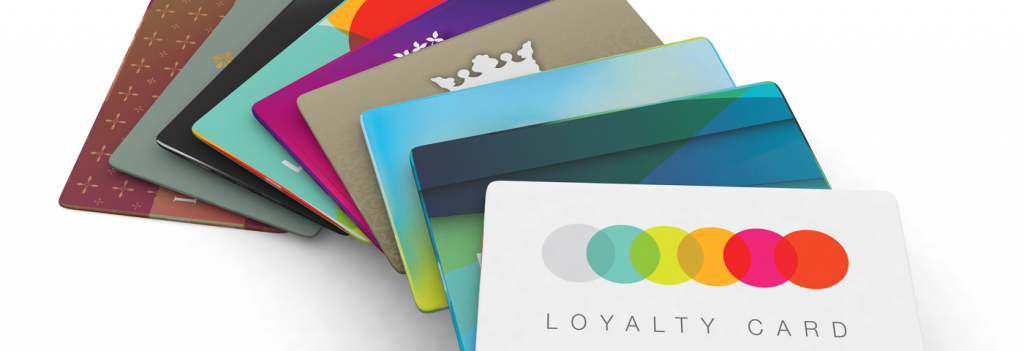I was at a conference the other day and, whilst awaiting the first speaker’s presentation, I was chatting with the lady next to me. I am not sure how it came up in conversation, but the subject we started talking about was customer loyalty programmes and their associated loyalty cards. She pulled out of her bag a purse to show me her collection of travel and hospitality cards. You will see them in the photo, 20 or 30 of them. I asked which were her favourites – to which companies/cards is she really loyal. She has no particular affinity to any of them. She collects them and uses them but they have little or no influence on the flights, hotels or other products she books. I guess you could say that she is a disloyal customer.
Thinking about my own loyalty to travel companies, I don’t bother with cards. I have apps on my mobile. I have fourteen flight related apps, nine apps related to ground transport and just three accommodation apps.
So what is going on? Is customer loyalty a thing of the past? Are those companies still offering loyalty schemes just a throwback to days of yore or can you operate loyalty schemes that still encourage customers to come back to you, time after time?
To answer these questions, let’s hypothise. Just to keep an even playing field, let’s imagine that all competitors price their products the same, so that consumers are not switching from product to product based on price. Let’s also take reward schemes – miles, points, discounts, etc. – out of the equation.
I would like to suggest that on such a level playing field “easy is the new loyalty.” What do I mean by this? If your online presence, mobile or otherwise, provides a frictionless, information rich experience, consumers will keep coming back to you.
This will particular be so for Generations Y and Z, who have not known a time before the current era of pervasive online connectivity accessed 24/7 by mobile devices that are always to hand. These new consumers have become accustomed to instant information and service gratification, delivered in such an intuitive way that no thought is required on their part. Think about Uber’s app that makes ordering the equivalent of a mini-cab so easy and so transparent, or Amazon’s where you just need to scan a barcode with your mobile’s camera to re-order anything you need. In travel and transport, airlines such as easyJet and train booking services such as loco2 are intuitive, easy to use and may be leading the way. The convenience of boarding passes on your mobile or smart watch are just so convenient, no hassle with paper.
Let’s now remove the level playing field, so that companies can use loyalty schemes – miles, points, discounts, etc. – to retain customers. If easy is the new loyalty and the effectiveness of miles, points, discounts, etc. is fading, how much do you have to give away to get a customer to switch to your less than friction-free way of doing business? How much would you need to be offered to switch from one airline to another or one hotel chain to another? It depends on the quality of the customer experience. For me, for example, the Uber online experience is so good I don’t even consider competitors, easyJet has such a good app that its app is my first port of call when needing flights.
If easy is the new loyalty then loyalty schemes may well be destined to become uneconomic. Should companies be diverting loyalty scheme funding towards creating the best, frictionless customer experience they can? What do you think?
